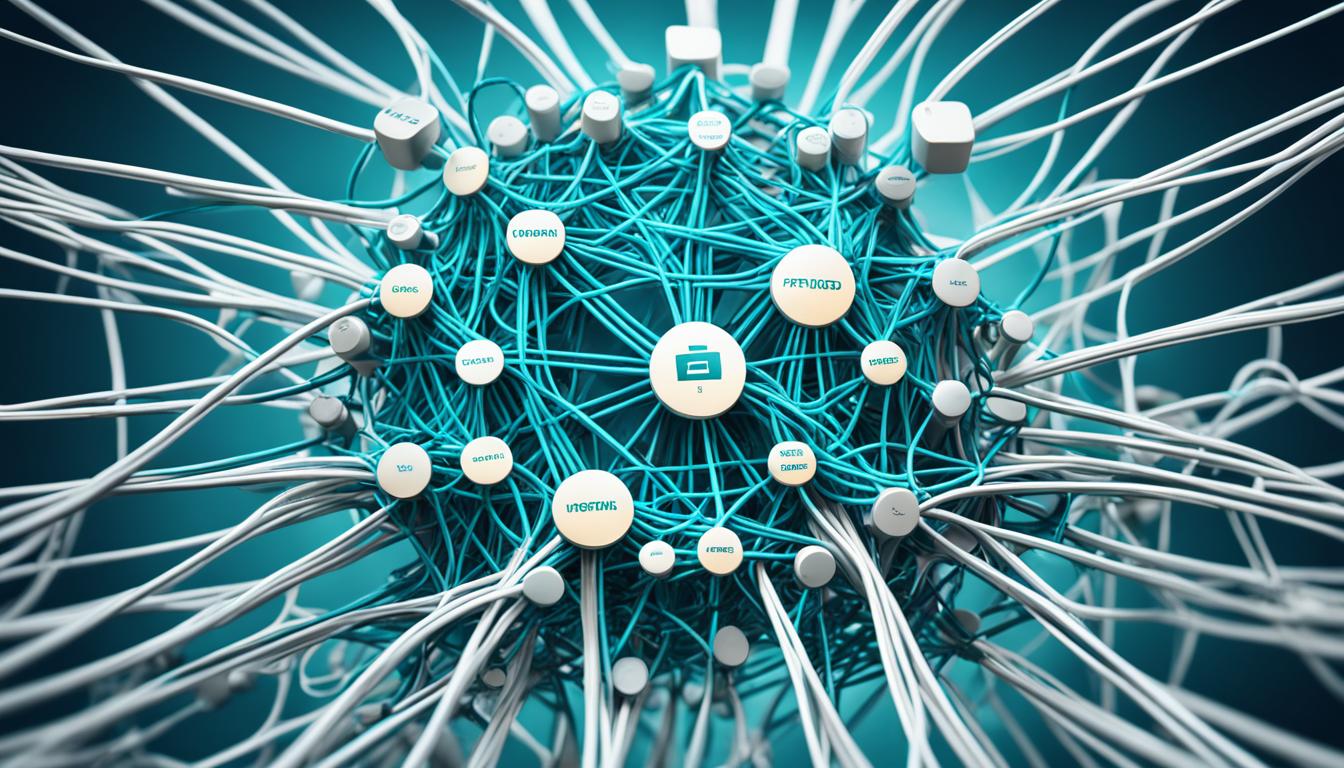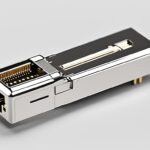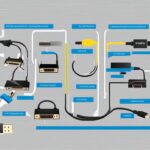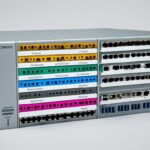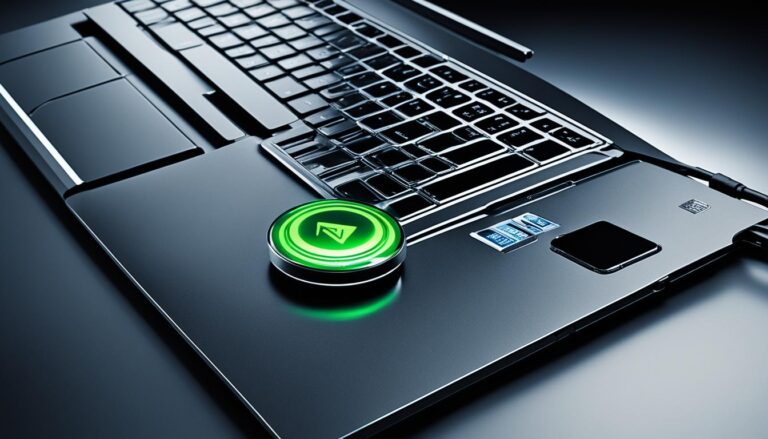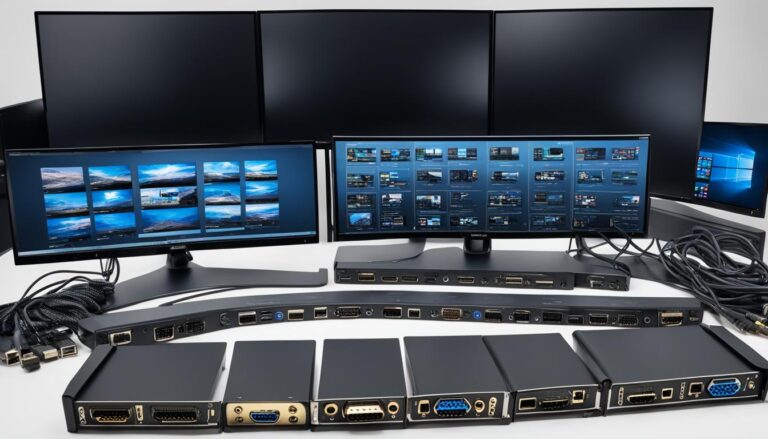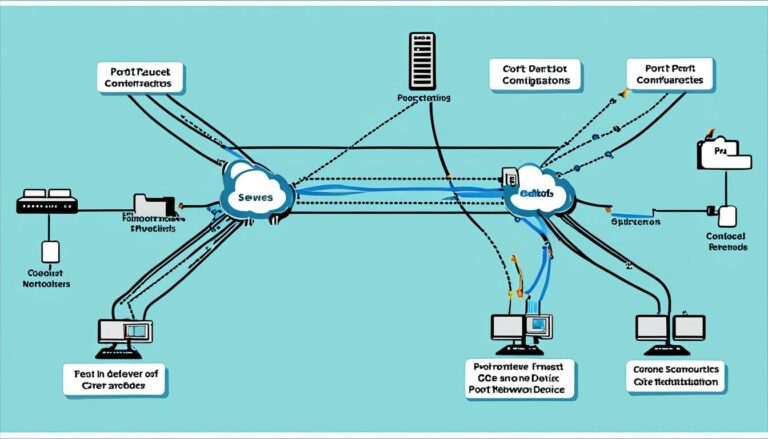These days, being able to link ports and boost device interconnectivity is key. Whether we’re moving files, sharing info, or working together across gadgets, seamless connecting through ports changes how we operate and connect. This piece gives pro hints and methods for linking ports and enhancing device interconnectivity effectively.
Device interconnectivity offers more than just ease and better work output. By linking ports, gadgets can share resources, communicate, and function together smoothly. This cooperation doesn’t just make things more effective but also makes operations sleeker, allowing for smooth teamwork between various devices.
It’s vital to pick the correct ports for connecting devices. Different gadgets might need different port types, such as USB, HDMI, Ethernet, or Thunderbolt. Knowing what your devices need and the ports they use ensures you can connect them right. The makers give specs and advice to help pick the right ports for the connectivity you want.
After linking the ports, it’s critical to make sure the connection is secure and dependable. Safe connections keep gadgets from unauthorised access and data leaks, while stable connections ensure data moves consistently and without interruption. Using encryptions, trusting only good cables, and updating firmware regularly helps keep device connections secure and steady.
Understanding Device Interconnectivity
Today’s tech world is heavily based on device interconnectivity. This means connecting various devices together so they can share data easily. By linking different devices, they can talk to each other, share information, and work better together. This makes things more efficient, simplifies processes, and brings different tech together smoothly.
There are several great things about connecting devices. Let’s take a look at a few benefits:
- Enhanced Efficiency: Connected devices can work as a team. This lets them use resources wisely and cut down on waste. For example, linking a computer to a printer makes printing easy and does away with the need to move files by hand.
- Streamlined Operations: Linking devices makes daily tasks easier by setting up automatic ways to share data. A smart home system, for example, lets you control your appliances from one spot. This makes it easier to adjust your home’s temperature, manage security, and control lights.
- Improved Functionality: When devices are connected, they can do more. Connecting a smartphone to a smartwatch lets you see messages, control music, and keep an eye on your health without needing to use your phone directly.
Device interconnectivity changes how we use technology, making everything work together smoothly and improving our daily tech experience.
Device connections also boost teamwork and lead to new, clever ideas. In healthcare, shared data between devices can better diagnose and treat patients. Similarly, in manufacturing, connected IoT devices can oversee and manage processes more effectively.
Let’s picture how device interconnectivity makes life better:
| Device | Function |
|---|---|
| Smartphone | Access and control various smart devices |
| Smart TV | Stream online content |
| Home Security System | Monitor and control security cameras and alarms |
| Voice Assistant | Provide voice-based control for connected devices |
By connecting devices like these, managing your smart home becomes a breeze. You can control entertainment, and keep your home safe and secure, all with ease.
Device interconnectivity lets us build ecosystems where devices work together in harmony. This makes our lives more convenient, efficient, and secure.
Knowing why connecting devices is useful is the first step to making the most of it. We will discuss how to pick the right ports, create secure connections, solve common problems, and use new technologies to improve how devices work together.
Choosing the Right Ports for Connectivity
When connecting devices, picking the right ports is key. They must match each other. You’ll find different port types, like USB, HDMI, Ethernet, or Thunderbolt. Knowing what your devices need is the first step to connecting them right. The makers of these devices give guidelines to help choose the right ports.
USB ports are very common and useful. You can find them on many devices, such as laptops and desktops. They are great for linking up lots of different devices. USB ports have versions like USB 2.0, USB 3.0, and USB 3.1. Each version has different speeds for sending data.
For top-notch audio and video, go for HDMI ports. You’ll see HDMI ports on TVs, monitors, and gaming consoles. They carry high-quality sound and picture. This makes them perfect for connecting devices that need clear audio and video.
Ethernet ports are vital for the web and network links. They provide a fast and stable wired connection. This is crucial for tasks like surfing the web, sharing files, or online gaming. You’ll find them on computers, routers, and switches. They are a top pick for home and office networks.
Thunderbolt ports are all about speed and high-quality displays. They send data very fast, which is great for devices that need a lot of bandwidth. Thunderbolt ports are usually on high-end computers. They cater to users who need the best performance.
Choosing the right ports means looking at what your devices need and how well they need to perform. Think about speed, compatibility, and what the device specifications are. With the right information and advice from the makers, you can connect your devices smoothly. This ensures the best use of your devices.
Comparison of Port Types for Connectivity
| Port Type | Common Devices | Key Features |
|---|---|---|
| USB | Computers, smartphones, printers, external hard drives | Widely available, versatile, different data transfer speeds |
| HDMI | TVs, monitors, gaming consoles, multimedia devices | High-definition audio and video transmission |
| Ethernet | Computers, routers, network switches | Fast and stable wired connections |
| Thunderbolt | Laptops, desktops, external hard drives, high-resolution monitors | Ultra-high-speed data transfer |
Choosing the right ports for connectivity is crucial to ensure seamless data transfer and optimal device performance. By understanding the different port types and considering device requirements, users can make informed decisions and connect devices effectively.
Establishing Secure and Reliable Connections
When connecting ports, it’s crucial to focus on security and reliability. Secure connections keep out unauthorized users and stop data leaks. Reliable connections make sure data moves smoothly without stopping. To improve security and reliability, do the following:
1. Encryption Protocols
Using encryption protocols adds security. It scrambles data moving between devices. This keeps important info safe and blocks hackers. Pick protocols that work well with your devices and are known for strong security.
2. Trusted Cables
Choosing good cables is key for stable connections. Bad cables can cause data loss or harm ports. Use high-quality cables from known makers for steady data flow and less risk of problems.
3. Regular Firmware Updates
Updating firmware often is essential for safe and stable connections. Updates fix weak spots, boost compatibility, and better performance. Follow device makers’ advice on the latest firmware to keep connections secure and reliable.
“In today’s connected world, secure and reliable connections are vital. Doing things like using encryption, picking reliable cables, and updating firmware protects your devices. This ensures smooth data movement.” – John Thompson, Technology Expert
| Benefits of Secure Connections | Benefits of Reliable Connections |
|---|---|
| Protection against unauthorized access | Consistent and uninterrupted data transfer |
| Prevention of data breaches | Reliable communication between devices |
| Enhanced privacy and confidentiality | Reduced risk of data loss |
To keep your device connections perfect, focus on security and reliability. Implement encryption, choose good cables, and update firmware regularly. This protects your devices from threats and ensures reliable data movement.
Troubleshooting Common Connection Issues
Connecting devices can sometimes face problems. You might see issues like patchy connections, not getting along, or driver clashes. Yet, you can fix these with the right steps and have everything working perfectly.
If connections don’t work, try updating your drivers. Drivers that are too old or wrong can cause issues. Keeping them updated helps fix these problems and makes your connections more stable.
Keeping your drivers updated is key to avoiding problems. Updates tackle compatibility issues, boost performance, and fix glitches.
Bad cables can also cause trouble. They might stop data from moving between devices correctly. Check your cables for any damage, like cuts or loose ends. If they’re not in good shape, getting a new cable usually does the trick.
Resetting ports can help too when you have connection issues. Turn off your devices and disconnect them. Wait a bit, then connect everything back. This simple process can get rid of many connection hiccups.
Troubleshooting Connection Issues
| Connection Issue | Troubleshooting Technique |
|---|---|
| Intermittent connections | Power cycle devices, update drivers, check cable integrity |
| Compatibility problems | Update drivers, check device specifications and requirements |
| Driver conflicts | Update drivers, check for conflicting software or hardware |
Solving common connection issues takes a step-by-step method. Work on driver compatibility, check your cables, and restart your devices. This approach will tackle most problems, letting your devices connect smoothly.
Enhancing Device Interconnectivity with Advanced Technologies
Technology keeps getting better, bringing new ways to connect devices. Advanced technologies help improve connections and make systems work smoothly.
Bluetooth is one example, offering wireless device linking. This tech connects devices without wires, like phones to speakers or keyboards. It’s widely used for its ease and convenience.
Wi-Fi Direct is changing how devices talk to each other. Without a regular Wi-Fi network, devices can share files and stream media directly. It’s perfect for teamwork and showing content nearby.
Near Field Communication (NFC) brings devices closer. By just tapping them together, they can share data. NFC is great for contactless payments and setting up smart home gadgets. It makes device interaction easy and enhances the user experience.
Cloud computing is also key in linking devices. It lets devices access and share cloud data, enabling collaboration. This tech has changed device interactions, allowing for easy file sharing and updates.
The Internet of Things (IoT) has opened new connectivity doors. By connecting daily items to the internet, it allows devices to communicate. This adds convenience and enables new ways to automate and analyze data.
Thanks to these technologies, devices connect like never before. Physical ports are no longer a barrier. Wireless, cloud, and IoT solutions offer new efficiency, collaboration, and experiences.
Comparing Advanced Technologies for Device Interconnectivity
| Technology | Key Features | Use Cases |
|---|---|---|
| Bluetooth | Wireless connections, easy pairing, low power consumption | Connecting smartphones to peripherals, wireless audio streaming |
| Wi-Fi Direct | Direct device-to-device connections, fast file sharing | Collaborative work, group presentations, device mirroring |
| NFC | Contactless communication, simple tap-to-connect | Contactless payments, file transfers between smartphones |
| Cloud Computing | Remote access, data synchronization, collaboration | File sharing, real-time updates, data backup |
| Internet of Things (IoT) | Device connectivity, automation, data exchange | Home automation, wearable devices, smart vehicles |
Conclusion
In conclusion, device interconnectivity and connecting ports open up new possibilities. They make it easier to work efficiently, boosting productivity. They also allow devices to work together well. Knowing about device interconnectivity is key to making the most of it.
Choosing the right ports is very important for device interconnectivity. By picking compatible ports, users can ensure smooth data sharing. This helps in sharing resources easily too.
For device interconnectivity, security and reliability are must-haves. Secure connections protect against unauthorized access. They keep sensitive information safe too. Reliable connections mean data transfers without interruptions.
When facing connection problems, there are ways to fix them. Updating drivers, checking cables, and resetting ports can solve many issues. These steps keep devices connected well.
Advanced technologies like Bluetooth, Wi-Fi Direct, or NFC improve interconnectivity. They remove the need for wires. This makes device collaboration more flexible. It opens up new ways for wireless connections.
By learning the art of device interconnectivity, users can make the most of their devices. It leads to better data sharing, easier resource access, and increased productivity. Embracing device interconnectivity takes us towards a more connected, efficient future.
FAQ
What is device interconnectivity?
It’s when different devices can connect via ports, share data and work together smoothly.
Why is device interconnectivity important?
It boosts efficiency, enhances productivity, and allows devices to work together smoothly.
How do I choose the right ports for connectivity?
Understanding devices and their ports is key. Check the specs and guidelines given by manufacturers. They help choose suitable ports for connectivity.
How can I establish secure and reliable connections?
For secure connections, use encryption, trusted cables, and update firmware regularly. Reliable connections need good cables and a constant power supply.
What can I do to troubleshoot common connection issues?
Update drivers, check the cables, or reset the ports to fix issues such as intermittent connections and compatibility problems.
What are some advanced technologies that enhance device interconnectivity?
Wireless tech like Bluetooth and Wi-Fi Direct remove the need for wires. The cloud and IoT further boost how devices interconnect and share data.
